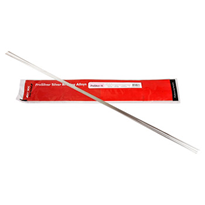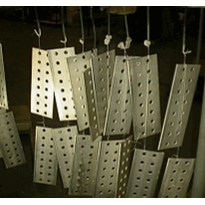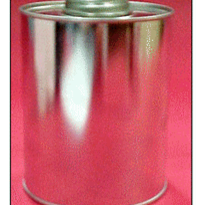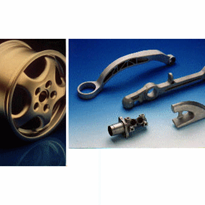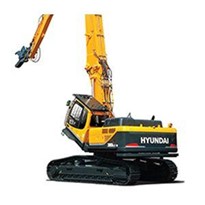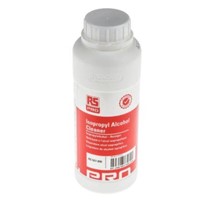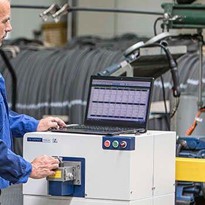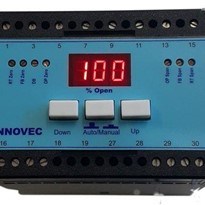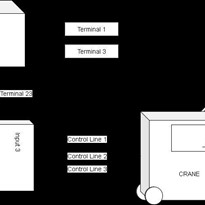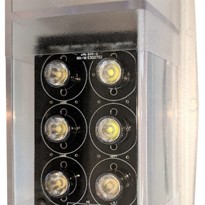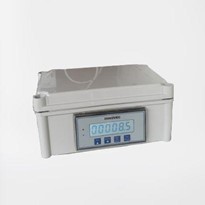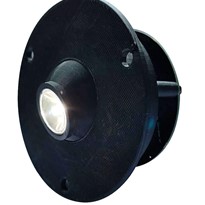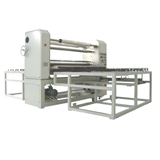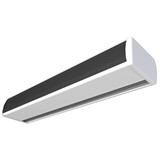It's very easy to form tin alloys with other metals because of its softness and formability.
The metal has a high boiling point and is nontoxic and solderable. The difference of temperature between melting and boiling points, which is important for castings, is greater than all other metals. As the melting temperature is fairly low, simple molds, even molds made of special rubber, can be used. It may hold high percentages of aluminum (up to 80%), antimony (up to 10%) or copper (up to 10%). Steel, cast iron, or bronze backing materials are used to strengthen its low mechanical strength.
Because of its relatively high corrosion resistance, low toxicity, low melting point, excellent lubricity and ease of alloying, tin finds continued applications in coatings for corrosion protection (tinplate for food containers), in bearing alloys and in metal joining.
Tin is essential in a number of alloys where it is a minor constituent (e.g. in copper-tin bronzes) and also where it is the majority component (for example in pewter). Besides tinplate, the most important forms in which tin is used are solders, alloys for organ pipes, battery-grid alloys (lead-calcium-tin alloys) and dental alloys (amalgam).
The OE750 is designed to meet the requirements of tin industries, especially those requiring lower detection limits for aluminum, selenium, phosphorus and mercury. Alloying elements like lead, antimony, silver or copper can be determined with high accuracy and precision.


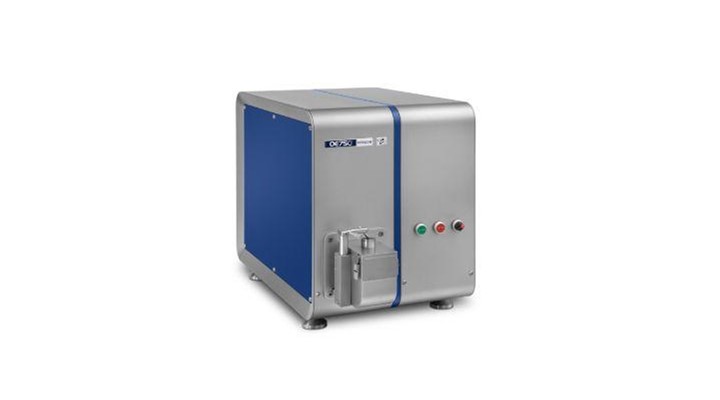
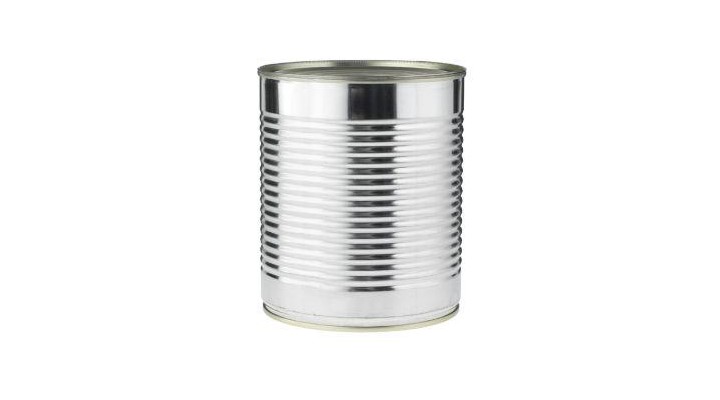

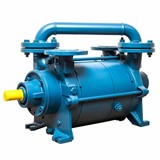




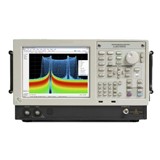

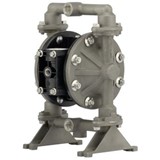



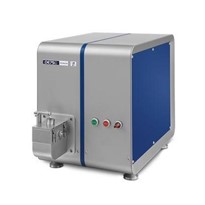
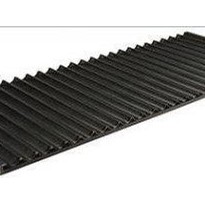
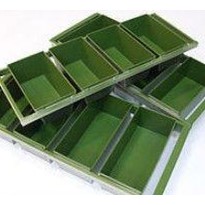
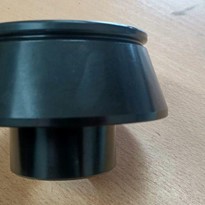
-205x205.jpg)
